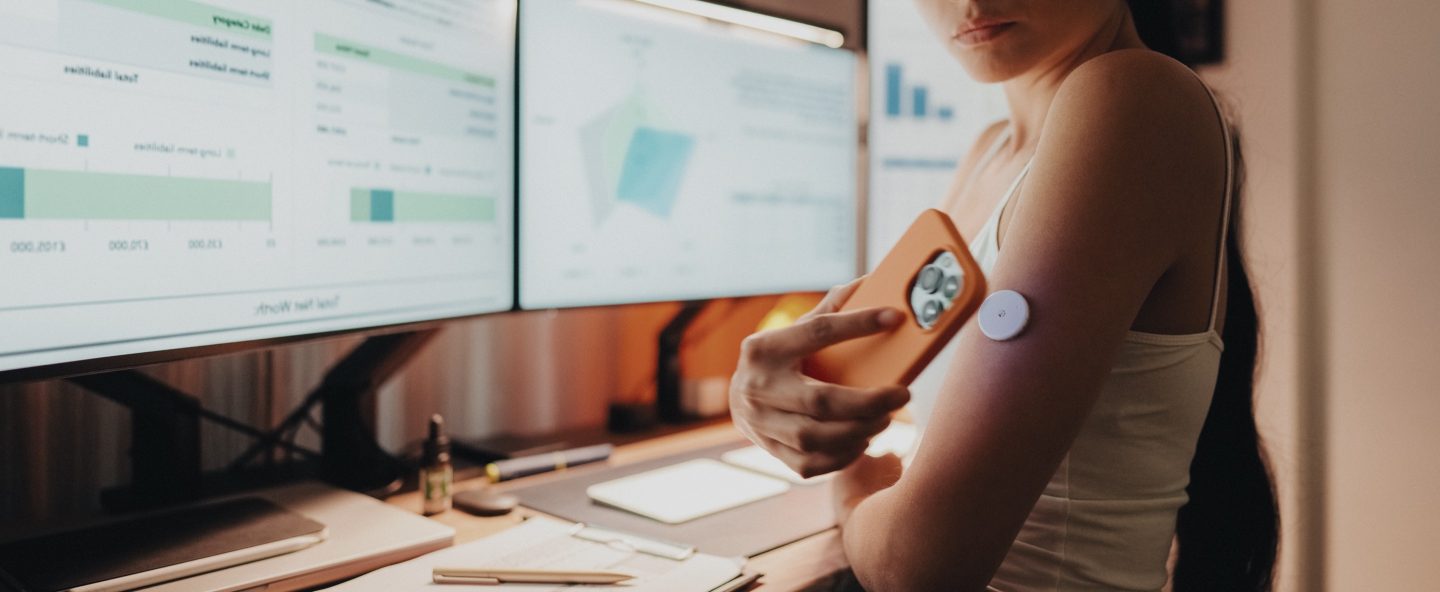Anderson MAB, Stanger C. Delay discounting and symptoms of anxiety and depression in adolescents experiencing challenges with managing type 1 diabetes. Child Health Care. 2025;54(1):43-58. doi:10.1080/02739615.2023.2226393
This secondary analysis of a pilot RCT focused on the relationship between anxious/depressed symptomology, delay discounting, and glycemic control/daily medical adherence. Sixty-one adolescents (ages 13-17) with Type 1 Diabetes (T1D) and a current A1c value ³8% participated in the RCT. At baseline, all participants completed a computerized delay discounting task. Diabetes outcomes were assessed over 14 days. Adolescent A1c and average number of glucose checks per day were used to calculate self-monitoring of blood glucose. There was a significant association between greater delay discounting and higher A1c (r = 0.398, p = 0.001), but not between delay discounting and lower self-monitoring blood glucose or anxious/depressed scores (all p > 0.15). In addition, greater self-monitoring of blood glucose was associated with lower A1c (r = -0.440, p < 0.001), but not with anxious or depressed scores (all p > 0.07). These results suggest that greater levels of delay discounting, but not anxiety/depression symptoms, are associated with worse glycemic control. Given the multiple measures for glycemic control, it can also be posited that neither anxiety/depression symptoms nor delay discounting are associated with medication adherence. The combination of delay discounting, anxiety, and depression symptoms produced stronger interactions with medication adherence more than either did on their own, suggesting that some level of anxiety and depression and impaired decision making (measured here by delay discounting) impact medical adherence for T1D. Future research should assess the relationships between delay discounting and anxiety/depression over a longer period in adolescence. Anxiety/depression reduction interventions may also be of interest as components/modules in interventions targeting A1c reduction in adolescents.
